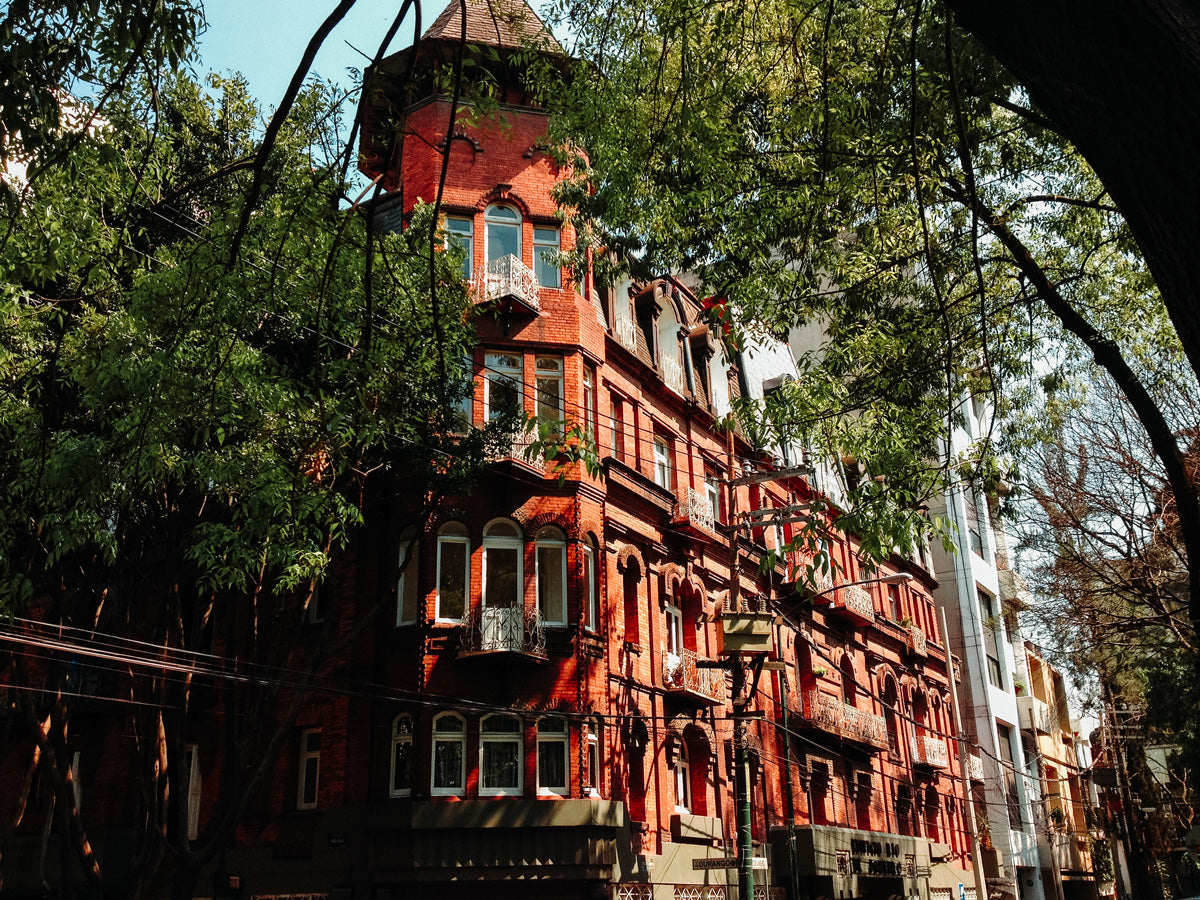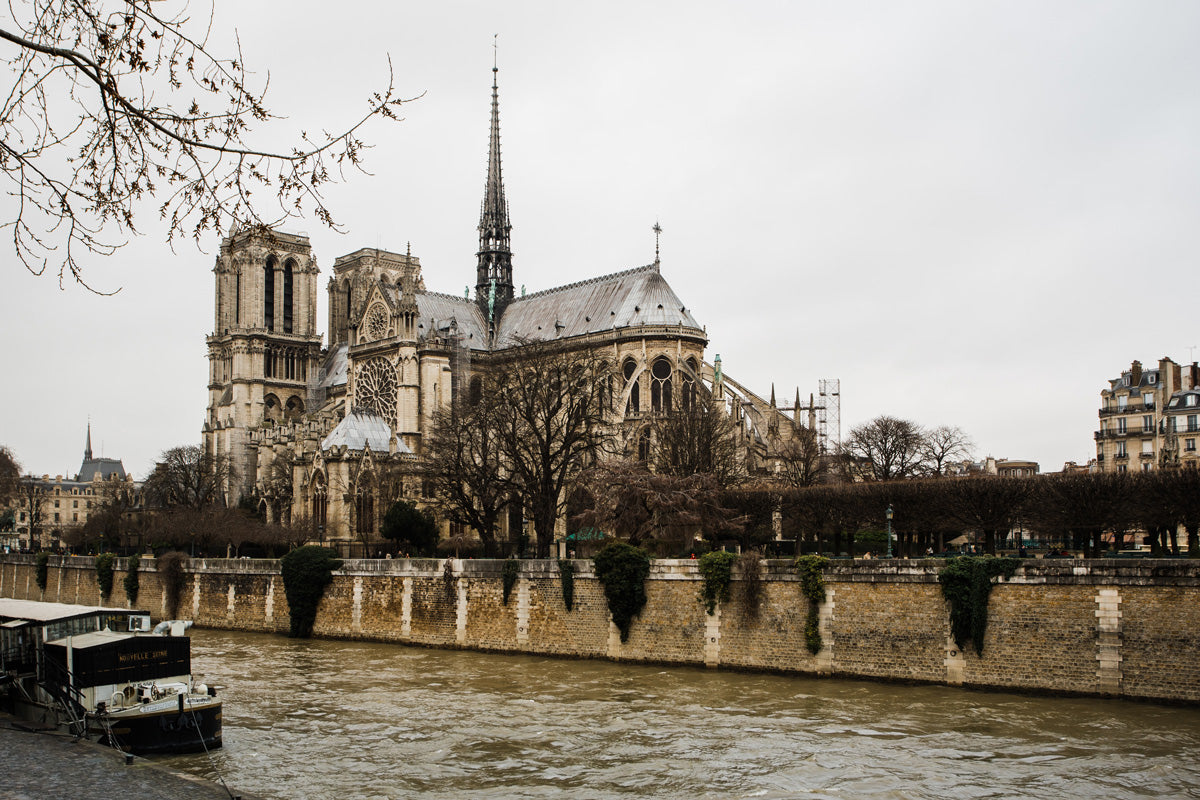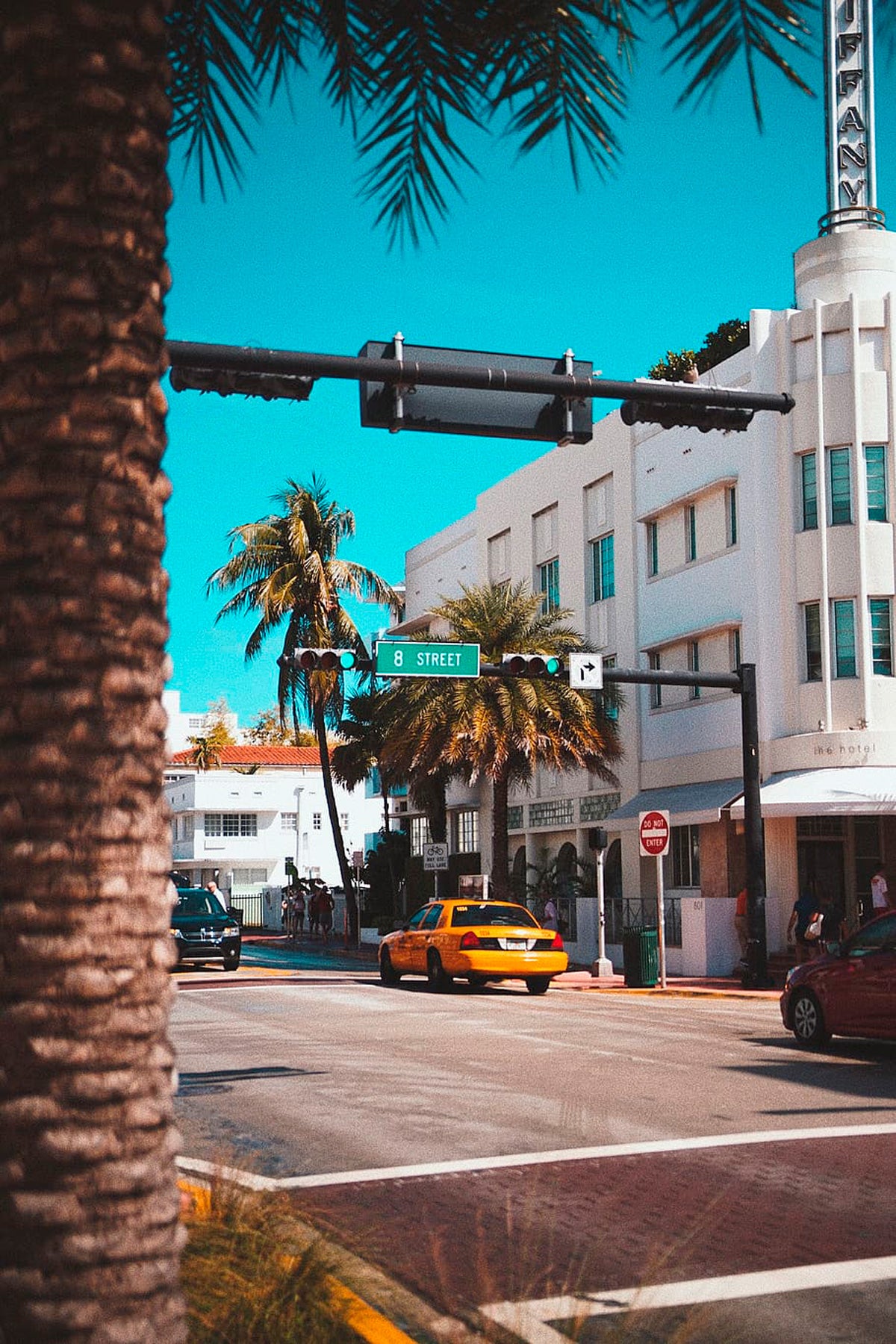Respect for the built heritage has a close relationship with the understanding of our culture, buildings, and cities created by ancient civilizations are attestation, worthy of being protected in order to be admired, and so they can educate. Their appraisal, however, depends on many factors, as their usefulness and validity.
The conservation or restoration of the built heritage is one of those topics with many valid points in more than just one ideology, the struggle between the old and the new is the separation between those who fight for traditional conservation and those in favor of its preservation or modernization. Cities start losing their distinctive features when the frames protecting their heritage are overtaken by real estate interests, there are also cases where the persistence of one building or a set of them becomes nonsense, since its value has been lost and the community could make better use of space.
There are two schools of thought that master the subject on the kind of action that someone has to take or not when intervening a work. The first and more traditional one is mainly represented by critic and theorist John Rushkin (1819-1900), who advocates in favor of conservation to extend the building’s life, without making additions or altering the work. In contrast, other architects thought restoration was an opportunity, as Eugène Viollet-le-Duc (French architect, archeologist, and writer, famous for his restorations) used to say: “taking the building to the best conditions it has experienced ever”, and that implies to modify or remove some elements. Inevitably, every building must face the inescapable reality of its expiration date, whether due to decadence or lack of value and, as a result, its destruction. We will hardly find a definite answer to this debate, since there will always be a counterargument, but in different case studies we can appreciate the value of positions and their operation in each particular case.

Keeping Reminiscences
Mexico City is home to hundreds of buildings deemed as urban cultural heritage by INBA; these constructions vary in style and date from different centuries. The historical center is notable for the conservation of Colonial-style buildings, and example of urban revitalization, many mayoralties are filled with wonderful decadent examples of art nouveau, art deco, and modern architecture. Some do not keep more than a façade and behind them, the rests of compromised structures can be seen, which are hard to intervene and represent civil risks. The conversation between keeping this heritage or removing it emerged again after the 2017 earthquake, where once again, many buildings were severely affected. The earthquake in 1985 proved that the structural resistance of modern architecture was insufficient, the lack of actions to keep many of these buildings only generated damage accumulation with the last earthquake, reducing the opportunities of saving our heritage. The best of dispositions on behalf of architects and civil associations are not enough against the lack of legal tools planned for heritage conservation in Mexico City.

Erasing History
After the fire that took place in 2019, the future of Notre Dame Cathedral in Paris created controversy regarding the most convenient kind of treatment for the building: modernization or conservation. The cathedral we know today is the result of numerous interventions. The extent of its context is the result of the Haussmanian transformation, Viollet-le-Duc added the gargoyles and the 96-meter tall needle in the 19 th century. The opinions that show their preference for taking back the Notre Dame Cathedral to its previous state reject that this construction is the sum of Paris’ collective history. The image the building will have at the end of the five years of repairs is still a mystery, but the proposals for The People’s Notre-Dame Design Competition show an inclination for a touch of modernity to celebrate its history.
Urban Identity and Recycling
The revaluation of neighborhoods due to their architectural and cultural character is a global phenomenon. The proliferation of suburban areas that distinguished housing growth during the 20 th century in the United States is decreasing, due to the tendency of new generations to go back to cities filled with history. One of the greatest counterarguments to the conservation of these neighborhoods is the inability to represent their typologies to densify, contributing to demolition for constructive space. Little Havana in Miami has been part of an urban and housing plan program. Little Havana Me Importa, seeks to keep its heritage by using parking lots, pieces of land, and unoccupied buildings to provide development space. It is esteemed that the initiative can create 10,000 houses, 550 new businesses, and 2,500 jobs, without removing one single building. In the same way, some examples of architectural recycling projects maintain the symbols of a community and show that it is possible to adapt the heritage to new urban needs.


